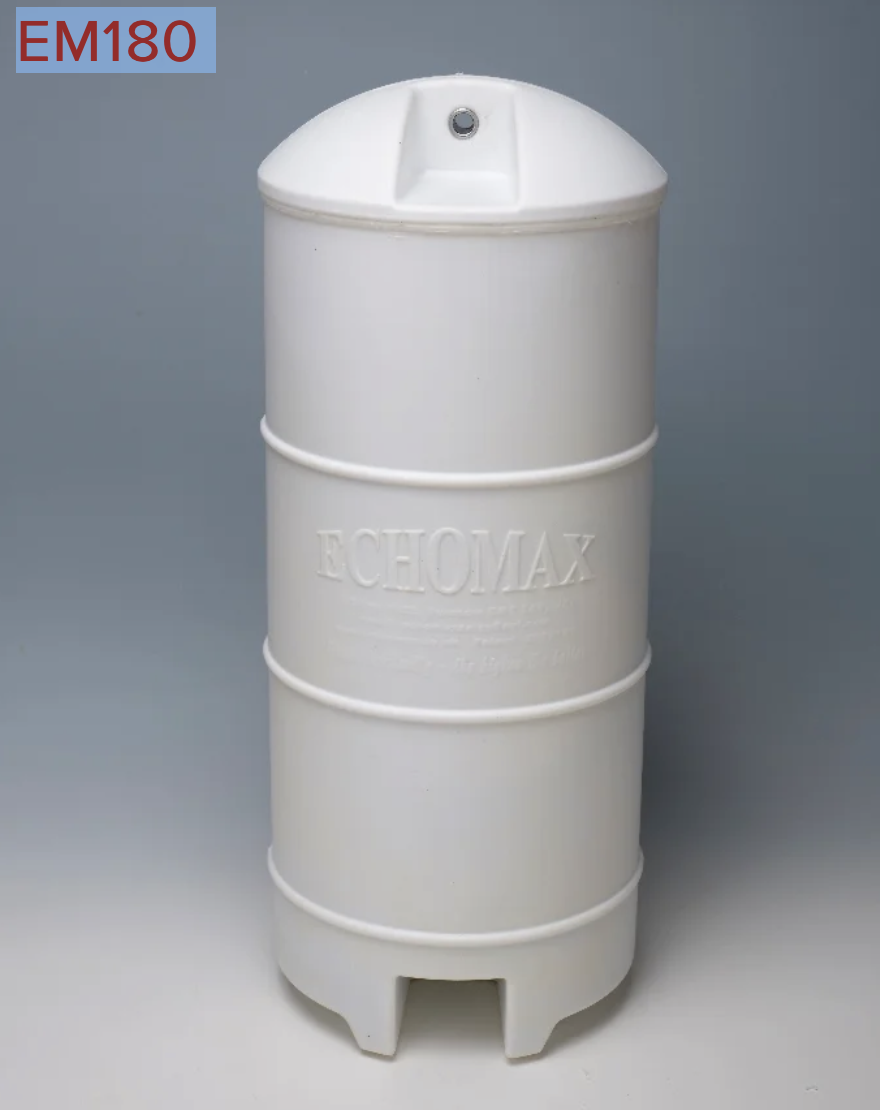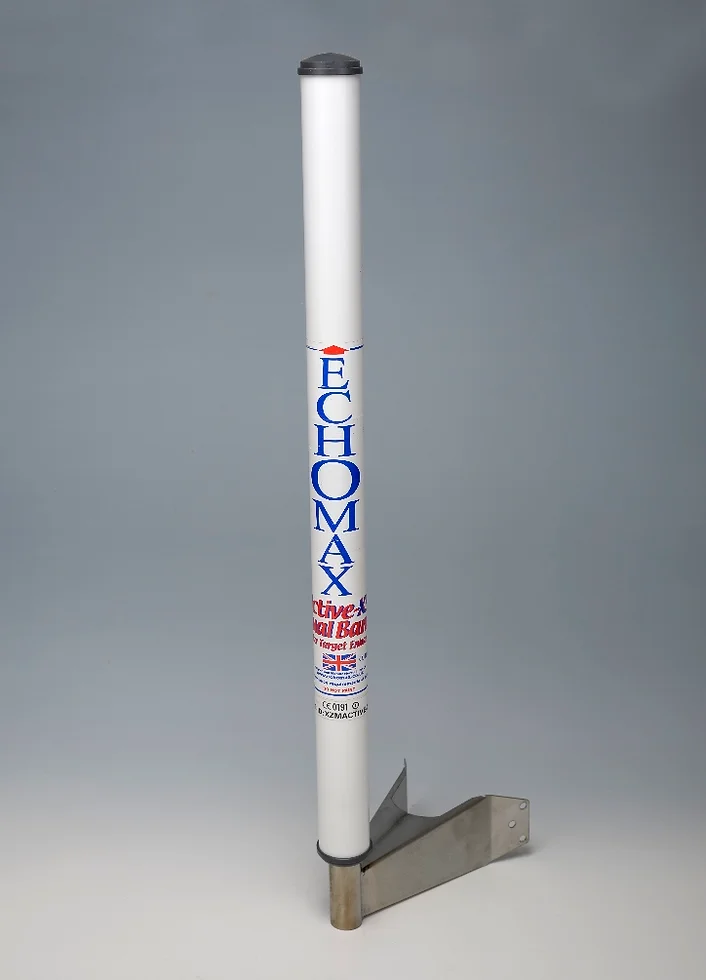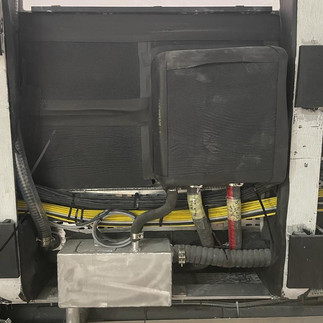T.E. Lawrence wrote "Dreamers of the Day." I've always liked that concept, and now by experience, it has a counterpart: "Problems of the Day." As examples of this recurring event on our explorer yacht, let's discuss two that occurred this week:
1. The Radar Reflector.
Our pending certification to MCA Category (0) is governed by regulations encoded in UK MGN 280, referring to UK MGN 610 (UK MCA Marine Guidance Note). MGN 610 itself reflects the contents of the 1974 SOLAS (Safety of Life at Sea) Convention, Chapter V. (Do you like the bureaucracy of this lot?) Any vessel under 150 Gross Tonnes requires some form of radar reflector to increase its Radar Cross Section when painted by the radar of another ship.
Radar Reflectors come in passive (large) and active (smaller, powered) forms. Motorboats need a radar reflector equivalent RCS (Radar Cross Section) of 7.5M^2 X Band and 0.5M^2 S Band. X Band is the more extended range used for collision avoidance, and S-Band is a shorter range but performs better in rain/fog/snow. In both cases, the radar reflector increases the RCS of the target painted by the radar beam (one's yacht). Thus it becomes more visible to the oncoming vessel.
Passive Radar Reflector
What I know about radar reflectors would fit on a postage stamp, so I am willing to follow any advice. We were given several manufacturers with a good reputation and referred firstly to Echomax. Reading through their catalog, for a vessel of 24M, we need their Model 305. The construction is a plastic cylinder and an internal set of oriented aluminum baffles to reflect the radar signals back to their origin. The sticking point is it must be installed clear of an active radar beam. That is where our problems started, as most of our instrument mast is within the beam of the dual radar setup.
Active Radar Reflector
Returning to the drawing board, we select an active radar reflector that works in both X (110m^2 RCS) and S (6m^2 RCS) Band Radar. They get a bit sniffy about these dynamic systems in the USA, so we carefully selected one that was US FCC Approved, MIL Spec (as in it has a NATO Stock number). The limiting position is again clear of the radar beam, but the unit is much smaller this time with increased mounting options. We picked the upper instrument platform and ignored a small shadowing of the anchor light that would not be visible in practice. So about 6M above sea level, giving a 5-mile line of sight to the horizon, limiting unnecessary alarms from ships far off.
2. Our Fuel System Installation.
Fuel drops from the two bunker stations to one of 5 double bottom bunker tanks, each having its own fill and breather lines. Space is at a premium; those breather lines are 50mm in diameter, the same size as the fill lines. A big diameter limits fluid pressure when the tank is overfilled rather than the airflow rate during filling. Unfortunately, the plumber has "interpreted" the schematic as optional, and to save space, he joined all breather lines close by the tanks. So one overfilling tank would cascade to the next and not trigger the alarm in the overflow tank.
1. Bunker station from Stbd Side. 2. Internal shot of header tank on the right low down. The drain from the overflow is the smaller line with a blue stripe. 3. Opposite bunker station showing air breather verticle aluminum pipe in and horizontal fuel hose out.
One option would be to reconfigure the breather lines, removing cabinetry and seeing significant space constraints.
The alternative is installing simple low-pressure stainless steel 50mm backflow valves that prevent fuel from flowing from one tank to the next. However, this also means that fuel could become trapped in the line between the position where breathers join and the overflow tank. So we drilled a 3mm hole in the face of each valve, small enough not to affect function but large enough that fuel will eventually drain back to the tank over a day or so.
Don't you love it when a plan comes together?
Chris Leigh-Jones
I'm coming up on my first week in Antalya, staying in a small business hotel close to Naval Yachts and away from the tourists. Transport is a bicycle. Locally is a pretty multicultural place. Ukrainians, Russians, Kazakh flight crew, Kurdish shipyard workers, the odd N European yard rep, and many Chinese I later discovered were probably Uzbeck or Uyghurs. Trying an Uzbek restaurant on Tuesday; tea is the only drink served.














